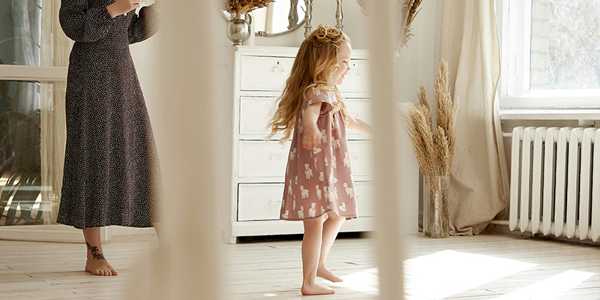Top 10 Smart Driving System Brands and Companies
How to Easy Your Child’s Separation Anxiety
Separation anxiety is common in children, and it can make leaving home or being away from their parents scary and difficult for everyone. To help ease childhood separation anxiety there are a few steps that can be taken at home, and some options for professional help when needed. It is key to choose an age-appropriate method and to ensure that they know you will return, and that they are with safe people.
Separation anxiety is common in children, and it can make leaving home or being away from their parents scary and difficult for everyone. To help ease childhood separation anxiety there are a few steps that can be taken at home, and some options for professional help when needed. It is key to choose an age-appropriate method and to ensure that they know you will return, and that they are with safe people.
What is Separation Anxiety
Separation anxiety is a phase that all children go through as a normal part of their development and growth. It presents as anxiety when they are to be separated from their parent, most often the mom, and while they remain apart. It often eases around age 2, however for some it may continue into preschool age and even beyond. All children develop at different rates and will pass through the phases of development when is appropriate for them, with parents guiding them along the way. Anxiety may present as crying, fear, overwhelm, or unwillingness to be alone or to stay with someone they don’t know well, they may even go through phases where they won’t want to be left with people they know well. They are learning object permanence and will soon learn that you still exist even when they are unable to see you and that they are safe at the same time. It is a key part of their development and will prepare them for a future where they will not be in the direct presence of their parents at all times.

Reassurance
Sometimes the easing of childhood separation anxiety can be as simple as reassurances. Get down to their height by crouching so you are on an even level with them, explain where they will be staying while you are gone, when you will be back, and even some basic details of where you are going. These can all provide them with information that makes it less unknown and less scary. In other cases, they will need additional support, and this can be provided both by you as the parent and by other caregivers and family or friends.
Sometimes a small item that is familiar to them and makes them feel safe will be helpful, a stuffed animal or blanket. An item that belongs to their parent may also be helpful, a stuffed toy that you had when you were younger, a chapstick you use often, the book you are reading, or a similar item that they know you would come back for even if the child wasn’t there, can help them to feel closer to you while you aren’t there.
Books and Resource
Several books are available for both parents to read and for them to share with their children. An often recommended book for separation anxiety in kids is The Kissing Hand. This book is about a mother and her child, and when they have to be in separate places for school or appointments, the mom places a kiss on the child’s hand, so they have it when they need it. Following up with an extra kiss before you leave can help them connect to the book and feel more connected to you as well. Reading this book and others that are similar both offer a bonding opportunity with the parent and child and can help them develop ways to manage their separation anxiety. Health units may also have books and pamphlets that they use when assisting families with children who have separation anxiety. These can offer ideas that you can use at home and will also have listings and information for professional services nearby.
Professional Resources
Professional resources are available in the form of play therapy, parenting classes or courses, presentations, and other forms. They will reassure you that it is normal, provide some ideas for use at home and when you are leaving them with someone else, and coach you on how to talk to your child. If play therapy is required, or if it will be beneficial and you want to try it, seek one that is close to where you live, offers a rate that you can afford, and has experience in working in situations that are similar to yours. Students may offer lower rates and provide high-quality services, and they are supervised each step of the way.
If you decide to seek further help for your child, know that you are making the best choices for your family and that there is nothing wrong with a child that struggles with separation anxiety, it is common and can be addressed both at home and professionally as needed.

Schools and Daycares
Employees at both schools and daycares are trained in helping children with adjustments and experienced with how to help children of all personalities adapt to change. They can support you each step of the way as you work with your child to ease separation anxiety and will know age-appropriate methods that have worked for them in the past. It is safe to discuss your concerns with them, seek guidance on how they manage them at the school, and form a plan so that it is addressed the same way both at school and at home. Consistency is a necessary part of helping children overcome anxiety, including separation anxiety,
All children go through a phase of separation anxiety, and it is a normal and necessary part of development. It occurs most often between a year and two years old, while others will take longer to move through the phase. Most cases can be managed with reassurance, practice, and with ideas learned from presentations or books, while others may require additional professional help.











